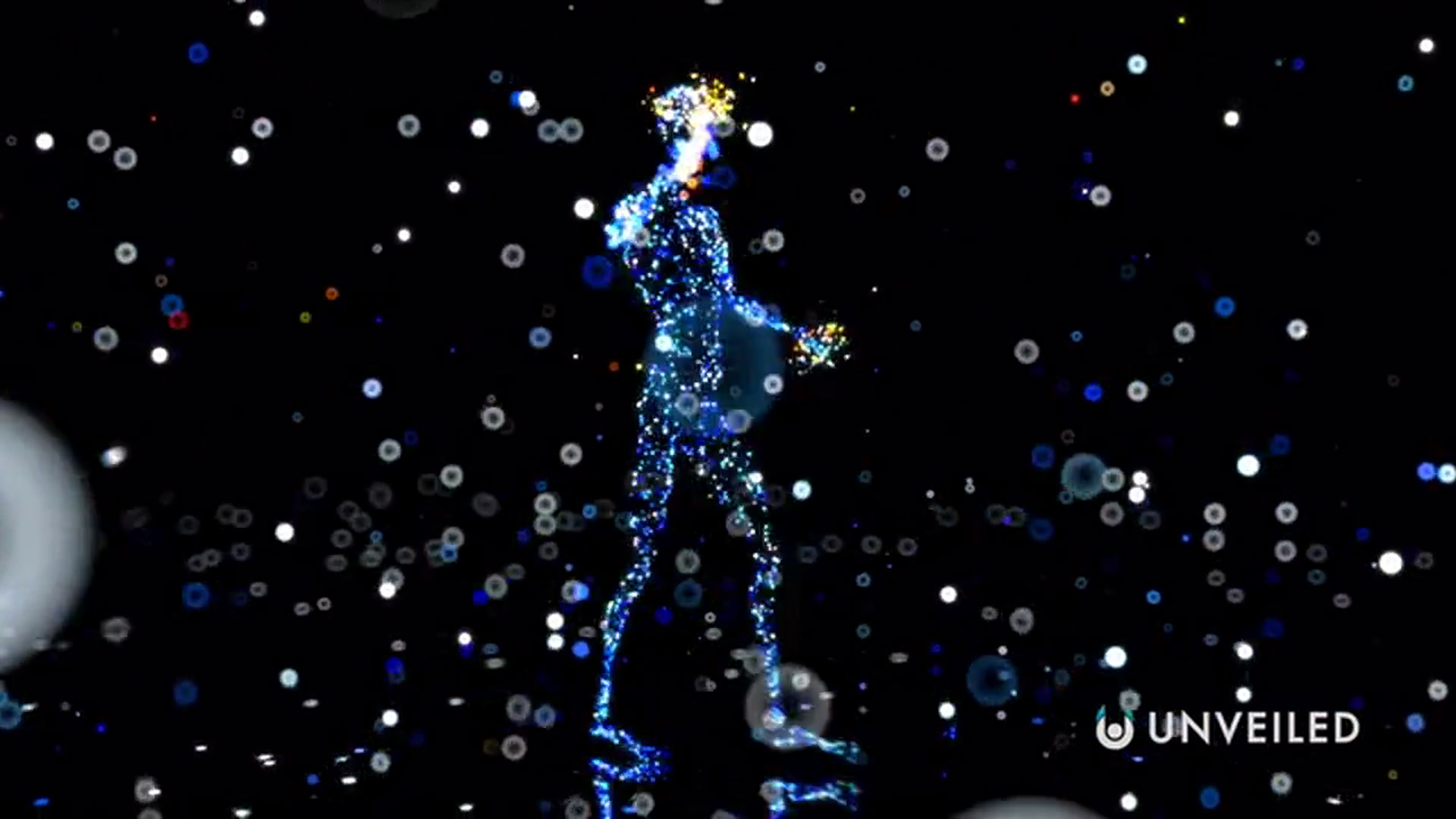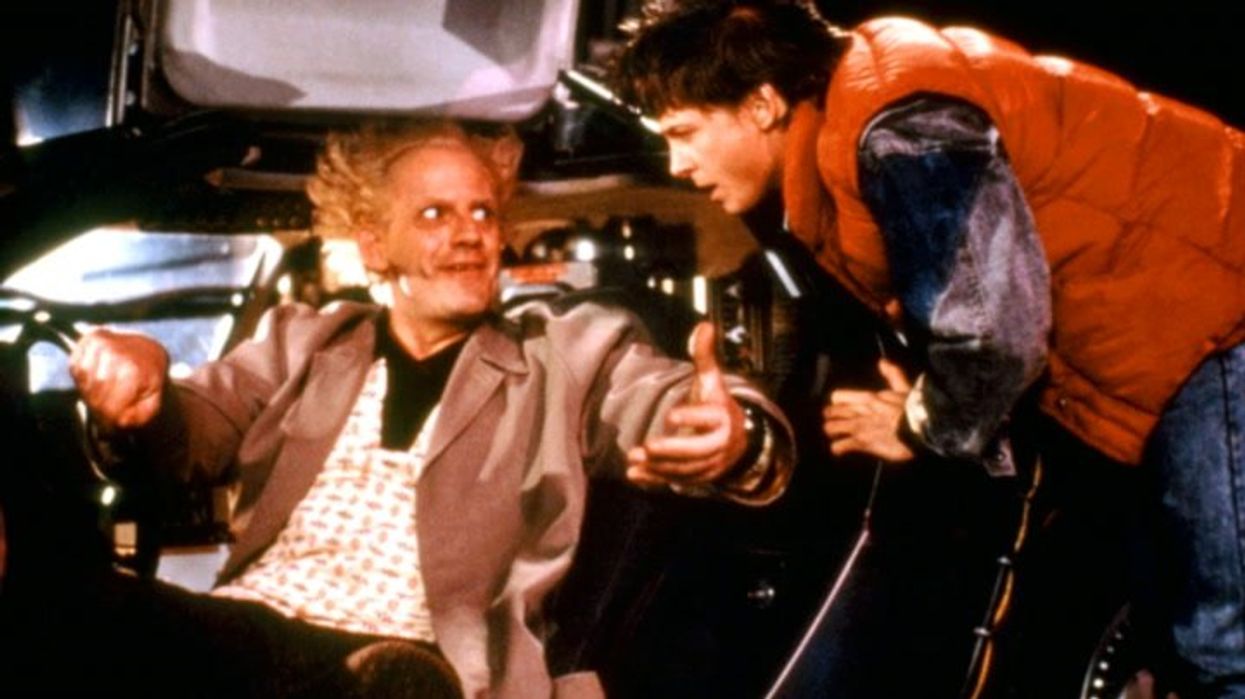Harriet Brewis
Jul 17, 2023
‘Back to the Future’ Broadway Musical Set for 2023 | THR News
content.jwplatform.com
They may not be as stylish as a DeLorean or as sturdy as a blue police box, but wormholes in space could hold the key to real-life time travel – and a team of experts think they’ve figured out how.
The trio of scientists delved deep into the laws of physics and discovered that it might be possible for humans to one day zip across galaxies in a matter of seconds, or journey through time itself.
Now, this is all to do with the general theory of relativity and quantum physics, so don’t expect to get your head around it too easily.
However, in their paper, Valeri P. Frolov and Andrei Zelnikov of Canada’s University of Alberta, and Pavel Krtouš of Prague’s Charles University proposed that a specific kind of wormhole would “inevitably” be “transformed into a time machine” if it was subject to particular conditions.
Sign up for our free Indy100 weekly newsletter
For the uninitiated, wormholes can be described as spacetimes in which a “kind of tunnel exists connecting distant parts in the universe”.
The main problem with them is… they don’t actually exist. At least not in any tangible way.
As Drs Eric Christian and Louis Barbier put it in an explainer for NASA: “Wormholes are allowed to exist in the math of ‘General Relativity’, which is our best description of the Universe.
“Assuming that general relativity is correct, there may be wormholes. But no one has any idea how they would be created, and there is no evidence for anything like a wormhole in the observed Universe.”
Still, numerous experts in the field of gravitation and general relativity have spent years or even decades working on them, including Stephen Hawking in his time.
For their paper, Frolov, Krtouš, and Zelnikov explored what is known as a ring wormhole, which was first described in 2016 by theoretical physicist Gary Gibbons, of Cambridge University, and Mikhail Volkov of the University of Tours.
Unlike the spherical contortions of spacetime we might attribute to black holes, the ring wormhole proposed by Gibbons and Volkov connects sections of the universe (or, indeed, different universes) which are generally described as “flat”, as ScienceAlert notes.
Ring-shaped masses could potentially create some pretty remarkable distortions in what would otherwise be flat spacetime if you consider how their electrical and magnetic fields might interact.

And so Frolov, Krtouš, and Zelnikov decided to consider two types of such wormholes: “a wormhole connecting to flat spaces; and a wormhole connecting two distant domains in the same space”.
For the latter, they concluded that if a “massive thin shell” surrounded one of the mouths of the ring wormhole, a “closed timelike curve” would form.
This, as the name suggests, would mean that any travelling object (or ray of light) would come back to the exact same point whence it began.
In other words, you could travel in space and time and return to your point of departure.
The most exciting aspect of ring wormholes, as the authors point out is that: “For the ring wormhole an observer passing through it moves in a flat (or practically flat spacetime), while in the case of ‘standard’ (spherical) wormholes he/she should pass a domain filled with the matter violating the null energy condition.”
Even without knowing what the “null energy condition” is, you can appreciate that the first option sounds a lot simpler.

Now, before you start calling yourself Marty McFly or making a list of all the past mistakes you’d like to correct, we should stress that we’re a long way off seeing the creation of a bonafide, buckle-your-seatbelt time machine.
But at least, thanks to the efforts of experts like Frolov, Krtouš, and Zelnikov, we’re at least one step closer to going back in the future.
Have your say in our news democracy. Click the upvote icon at the top of the page to help raise this article through the indy100 rankings.
Top 100
The Conversation (0)













